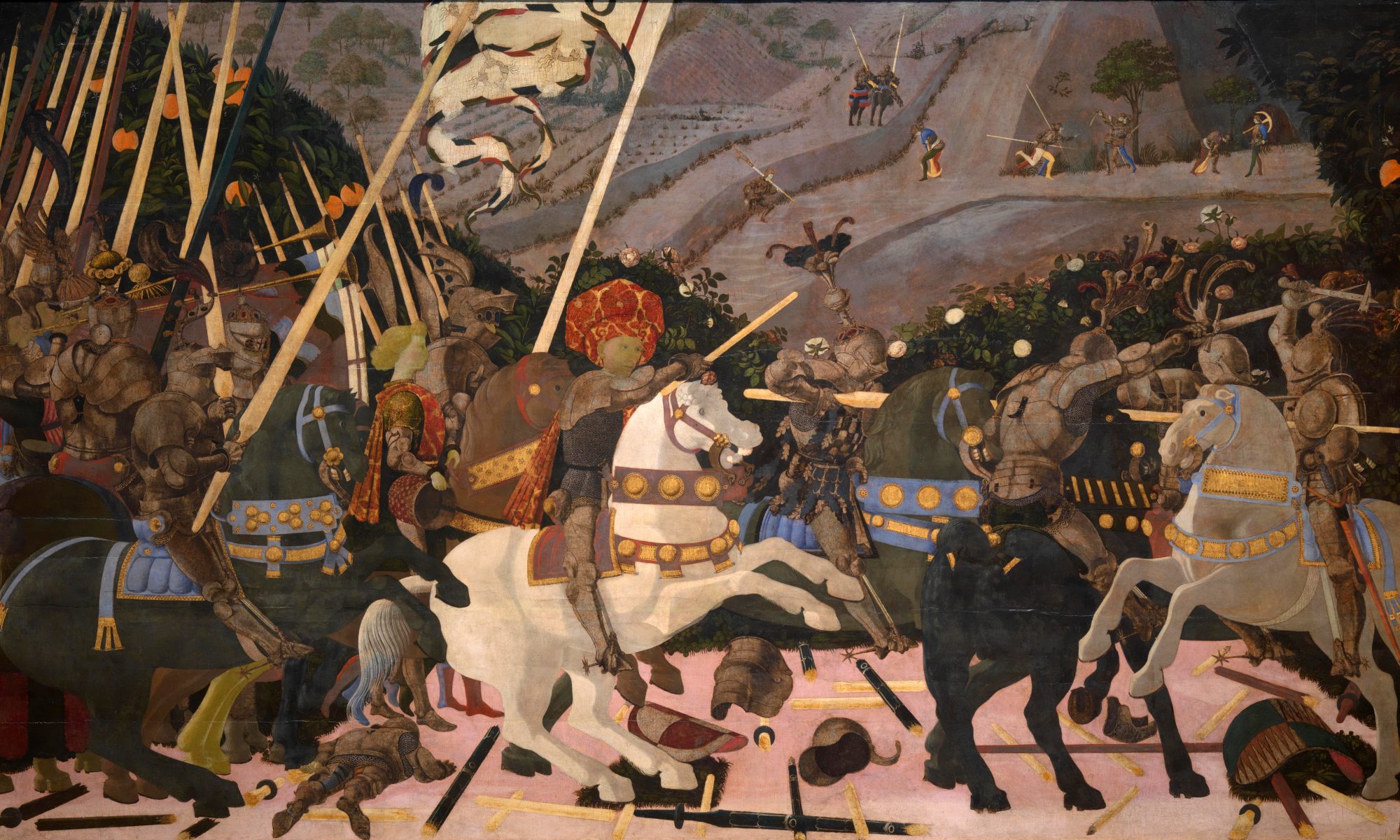
Pages : 304 | Images : 72 b/w illustrations & photos, 34 b/w maps | Date of Publication : 14th June 2022 | Size : 345mm x 170mm | ISBN : 9781913336134 | Helion Book Code : HEL1239 | https://www.helion.co.uk/military-history-books/eagles-over-the-alps-suvorov-in-italy-and-switzerland-1799.php
Originally published in 1999, Christopher Duffy’s Eagles over the Alps has remained the ultimate work on the 1799 Austro-Russian campaign in Italy, and thankfully it has now been republished by Helion after many years on the second hand market. Duffy, one of the foremost experts on 18th century warfare and author of numerous books on little known campaigns, identified this popular but little studied theatre of the War of the Second Coalition as a critical focus of study.
With Napoleon in Egypt, and Switzerland in revolt, Russia and Austria saw an opportunity to regain what had been lost during the first Italian campaign. The Tsar dispatched the legendary and eccentric generalissimo Suvorov to lead the allied troops. The alliance was not a smooth one, and later rifts between the Austrians and Russians have unfairly skewed the reality of these early alliances into national caricatures.
Duffy does excellently in showing that with a strong enough leader, or perhaps personality is the better word, much could be achieved if he was given enough leeway. That being said, despite Suvorov being front and centre in this work, it was more than Russian leadership and military might that counted here, as Duffy highlights the very necessary work of the Austrian Chiefs of staff who made the wishes of their Russian commander possible as indeed did their much maligned troops.
The Austro-Russians swept across northern Italy in the spring, driving back the French in confusion, talented French generals like Moreau found themselves outmatched by a reinvigorated coalition army which matched the dash and elan of the Republican armies of the last war. Only the victory of Masséna at Zurich saved the French position in Italy from utter collapse, and forced Suvorov to retreat back across the alps in one of the most famous, but little known episodes of the great French Wars.
It is classic Duffy, who tackles the subject with clarity and aplomb, his character study of Suvorov is majestically written, and his summary of the opposing armies allows readers to understand the dynamics of the battles without loss of focus to the narrative. Key points arise in terms of the Russians, who Napoleonic readers will know of from their later campaigns, for this was the campaign that began the long process of getting the army ready for the trials of 1812.
I cannot tell you how many times I have wished for this book to be reprinted, or how happy I am that it has finally been done.
Importantly the book addresses many common conceptions that still exist today. It was common in books on the Napoleonic Wars from around 30-40 years ago, to use Suvorov as a sort of outdated relic that the Russian army of 1805 had to shake off in order to defeat Napoleon in 1812. Much was made of his famous dependence on the bayonet, his aggressiveness and supposed simplicity. This was very much the way Napoleon thought of Suvorov, but it is only the surface of a much more brilliant general, thus it is no surprise that many people characterise him as a mad, eccentric who was only successful against the Ottomans. But despite what Napoleon liked to think, not all allied leaders were either, incompetent, old, mad or all three, nor was the emperor’s genius totally original.
Suvorov was certainly from a different age than that of Napoleon, but he was undoubtedly of the Napoleonic stamp, and in reading this I am given to thinking that perhaps Napoleon was much more a product of the best of the 18th century than something freshly sprung from the soil of innovation. What Napoleon and many people who never fought Suvorov missed, was his strategic acumen and speed of movement, which had the emperor ever faced him would certainly have been an unwelcome surprise. This book, when it was written was undoubtedly meant to redress much of the thinking regarding Suvorov, and as little more has been written since then, it remains so.
Readers used to hearing of the tactical brilliance and modern practices of the French army, will be surprised to see how Suvorov adapted his forces to meet them. At the same time, it will become increasingly obvious how the allies were still prone to weakening themselves with infighting. As a case in point, most senior Austrians and certainly the Austrian government saw this operation as a way to regain lost possessions and shore up Austrian Italy, while Suvorov saw it as a literal crusade against the atheist French and had dreams of storming through Italy in into France itself.
Crucially, the importance of these operations lies in that they form the background to what Napoleon sought to address when he fought the near disastrous, but ultimately decisive, Marengo campaign the next year, which should provide more food for thought regarding, perhaps, how lucky Napoleon was that Suvorov died in early 1800 and did not face him that day when he reestablished himself as a force in Europe. It is therefore a good companion to the work done by Terry Crowdy on Marengo.
The book is illustrated with a selection of photographs taken by the author, which were present in the original publication, as were the engravings of Generals, and some of Duffy’s classic maps which readers familiar with his work will recognise the style from the good old days. The new production by Helion is true to the original with an elegant and refined cover with two figure studies executed by Patrice Courcelle. I cannot tell you how many times I have wished for this book to be reprinted, or how happy I am that it has finally been done.


You must be logged in to post a comment.